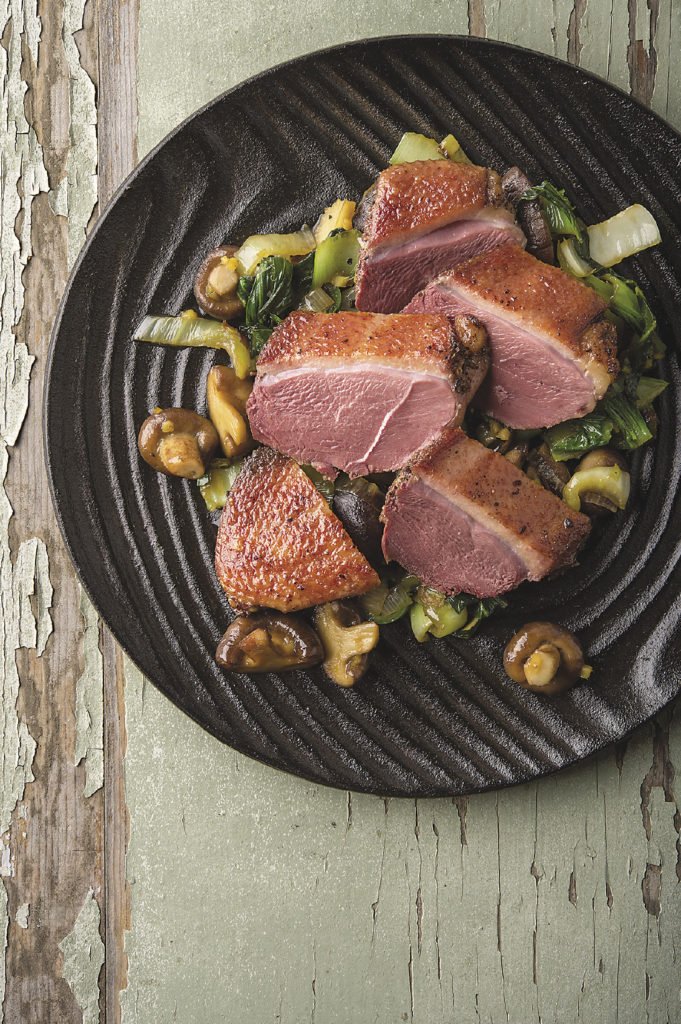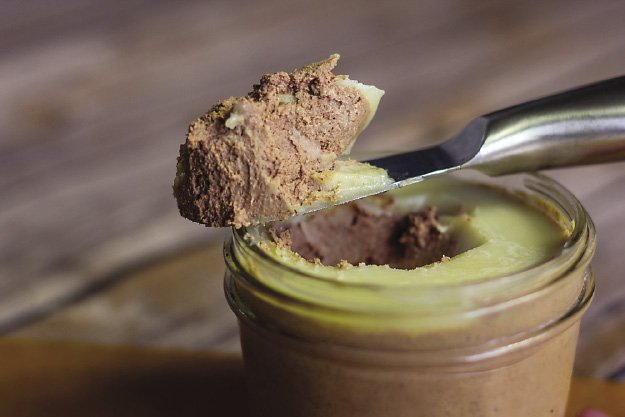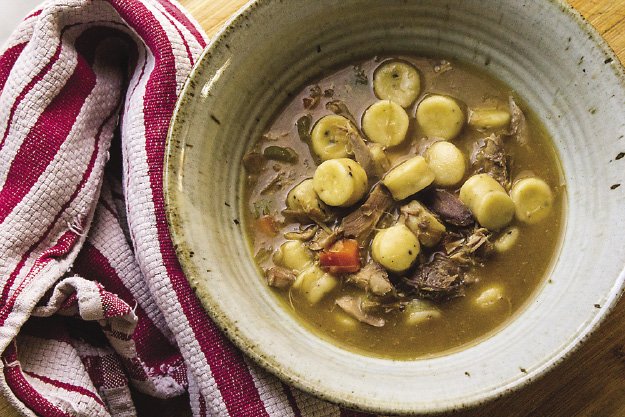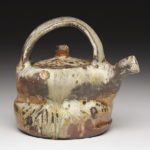It’s upon us. That glorious time of year where woodland hikes in the crisp autumn air, perhaps with our canine companions, yield a bounty of grouse or woodcock, or where dawn breaks over us as we lurk in the reeds, and a flock of mallards sets their wings. We unconsciously hold our breath and force ourselves to wait.
But what happens when we bring these birds home? What different strategies are employed in cooking grouse, woodcock, ducks and geese? How do we maximize these moments with meals that also create lasting memories? To answer these questions, I have sought the advice of those who are not only avid hunters and gatherers, but who have made cooking their bounty into an art form. I spoke with Hank Shaw, whose website, Hunter, Angler, Gardener, Cook, offers a treasure trove of recipes and advice, and who has written numerous cookbooks on the subject. I also spoke with Jamie Carlson, creator of the blog, You Have to Cook it Right, and a frequent contributor to the Cast Iron Chef Blog at outdoorlife.com. His blog now appears on the website, Modern Carnivore.
The first decision to make after getting your bird home is whether to pluck the bird. According to both Shaw and Carlson, in most cases it is much better to pluck the birds. The skin and fat beneath the skin contain much of the flavors that make these birds so desirable to eat. As Shaw says, “Ruffed grouse is a gift from God, but a skinned grouse is a boring chicken.” Some birds, however, are better skinned. That is because the flavors under the skin are not so desirable. This can be true of some diver ducks as well as spruce grouse, especially after the first snowfall when they take to eating mostly spruce needles. If you are uncertain, take a small piece of the skin and cook it in a bit of water. If the smells coming off the cooking skin are undesirable, skin the bird. Sometimes the bird is a bit too shot up as well. Go ahead and skin it.

Because the breast meat cooks faster than the legs and thighs, both Shaw and Carlson are advocates of breaking birds down, cutting them into separate breast, thigh, wing, and leg pieces, after they are plucked. This is especially true of larger birds. In order to bring out the ultimate flavors of these birds, it is essential they not be over-cooked—medium to medium-well at best. Breaking down the birds enables one to cook both white and dark meat to perfection.
Consider the size of the bird when deciding on the cooking temperature. Shaw says, “the smaller the bird, the hotter the fire.” Small birds such as woodcock can be roasted at 600 degrees F. The goal is browning that skin you left on by plucking without over-cooking the meat. And bear in mind that leg and thigh meat will take longer to cook. Shaw says that even dark meat birds such as some ducks can always be served medium-rare safely. Grouse can be served medium-well—there should be a blush of pink when you cut into it.
Both Carlson and Shaw are fans of making confit, especially with harder to cook and eat parts such as legs and wings. Confit is made by slow cooking in fat over a very low heat, preferably the same type of fat as the bird you are cooking, though this is not essential. First the meat is rubbed in a mixture of salt and seasonings and set in the refrigerator for around 24 hours. Then it is slow cooked in the fat at a low temperature for many hours until the meat is tender and falls off the bone. Confit can also be made from giblets, though this process takes much longer. Confit has been cured and will keep for a long time in the refrigerator. If you render the fat from your cooking and save it, you will be prepared to make confit. Duck and goose fat can also be purchased from specialty stores.
Some great culinary moments can occur when camping during autumn. Both Carlson and Shaw are foragers and advocate making meals from one’s surroundings. Pan-frying is a good option here. Carlson likes to bring items that will complement what he might find while foraging on the trail. That might mean making broth from a packet of instant ramen seasoning to poach mushrooms or bringing gelatin cubes and sugar to make a sauce from high bush cranberries. As for the birds themselves, he also recommends pan-searing grouse breasts. Woodcock, he says, can be spatchcocked to open them up and then grilled. It is also useful to keep an open mind. He once shot a spruce grouse in the Boundary Waters. He boned it out and skewered it to good effect. “Shoot a few things,” he says, “and you’re on your way.” Shaw says to look at the food items that grow around where you are hunting. “What grows together, goes together.”

Both Carlson and Shaw also like to go beyond the traditional. Shaw says he looks to cuisines of other cultures for inspiration. He looks, for example, at which cultures cook a lot of duck. He then follows their lead. He also likes to read up on New Nordic cuisine because the limitations in the growing seasons inspire Scandinavians to preserve things. Many of Carlson’s recipes are innovative takes on classic food dishes, such as goose pastrami or duck sausage biscuits and gravy.
Both Carlson and Shaw are passionate about food. Hunting, fishing and foraging have created for them a lifestyle that centers around creating good, healthy food. Their websites, Modern Carnivore for Carlson and Hunter Angler Gardener Cook for Shaw, are replete with amazing recipes and great advice.
Shaw offers some final thoughts about game birds. “These birds are special,” he says, “and should be celebrated at the table. Take your time, and you’ll enjoy them more.”






